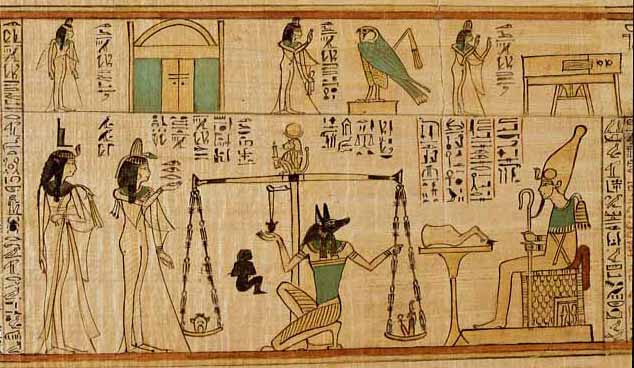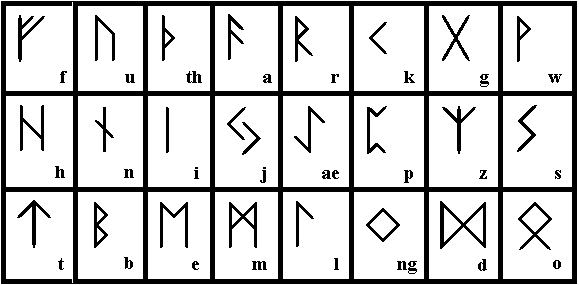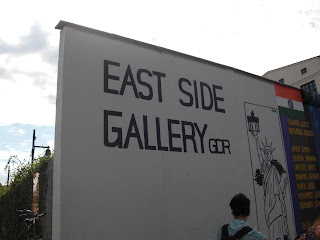Milton Glaser is considered the most influential designer and illustrator of the later half on the 20th century and well into the 21st. Milton Glaser is probably most know for his design of the I <3 NY (see below), but he has done so many more things and continues to create great designs.
He was born in 1929; he attended a high school of the arts in New York, and then went on to study at the Academy of Fine Arts in Bologna Italy. After school Milton became a leader in the founding of the designer firm Pushpin Studios in 1954. He also started the New York Magazine. He finally established the Milton Glaser Inc firm in 1974. Milton Glaser’s work has been widely known and has been seen in many single and group showings at famous places such as the Centre Pompidou in France and the Museum of Modern Art in New York. His work is also in many permanent collections of some high profile museums around the world. Milton Glaser is a special kind of designer on that does not work with one particular idea or meaning. He has done not only posters, but campaigns, environmental and interior design, architectural design, programs, logos, as well as covers for albums. In 2004 Milton Glaser was awarded a Lifetime of Achievement for his work with design by the Smithsonian Cooper-Hewitt, National Design Museum. Milton Glaser currently works as a design consultant for major companies including Target, Julliard, Harvard, and Brooklyn Brewery.


















